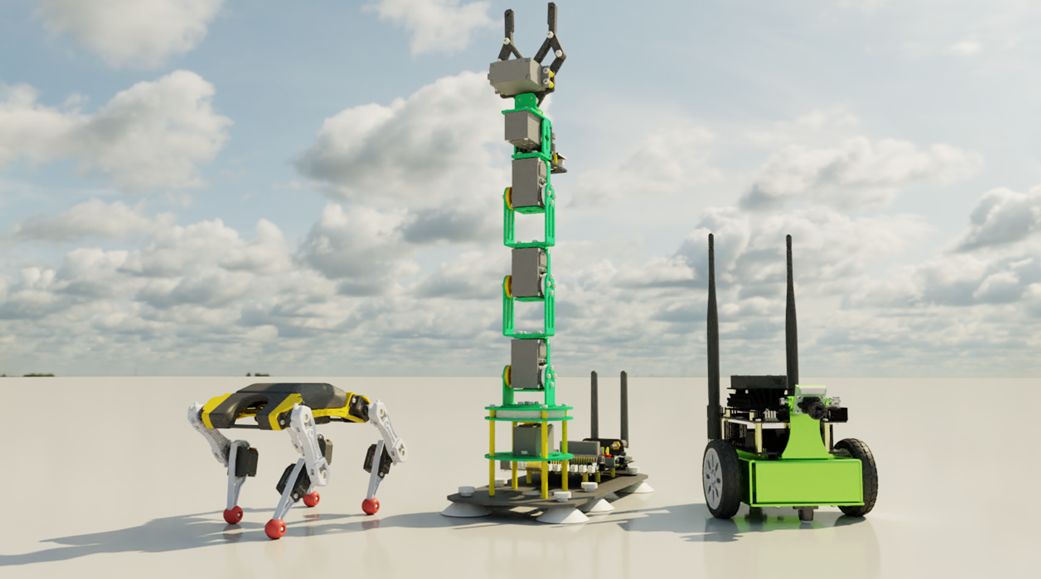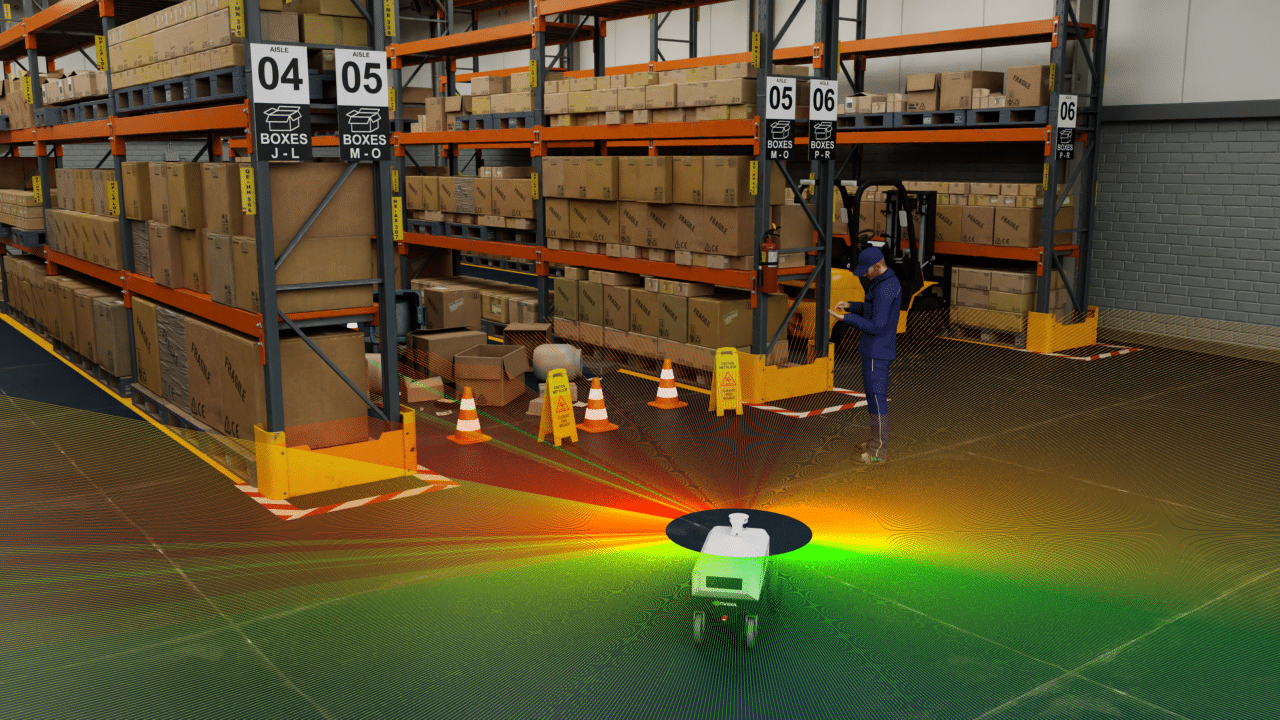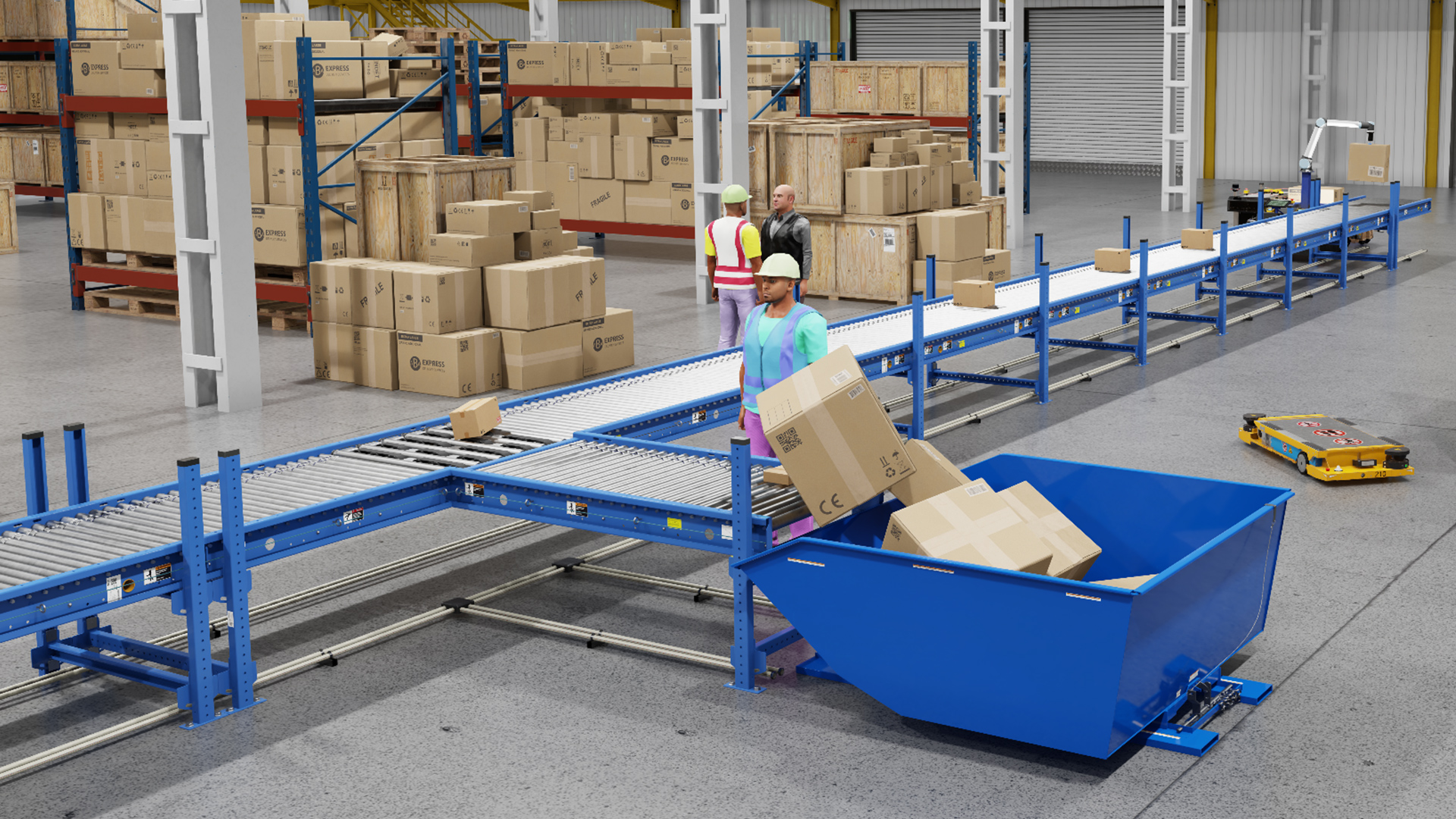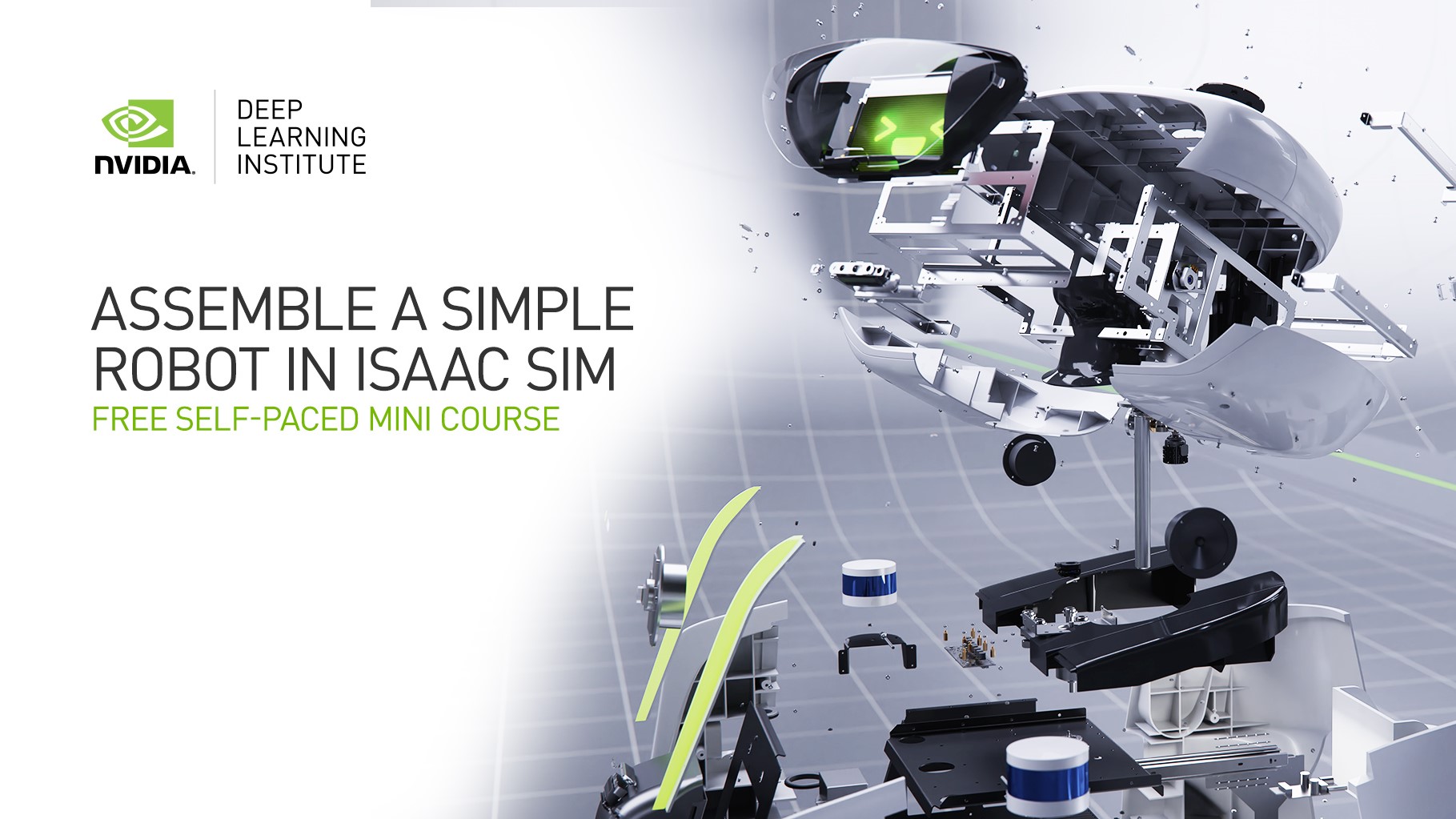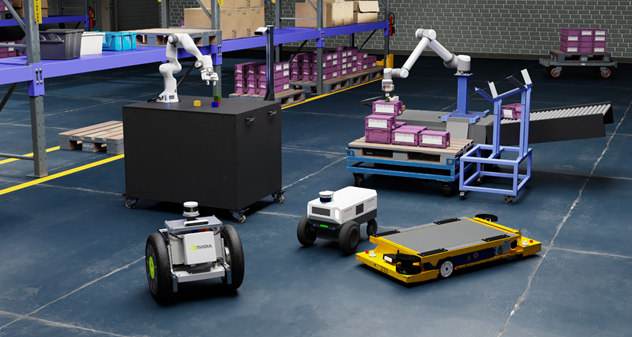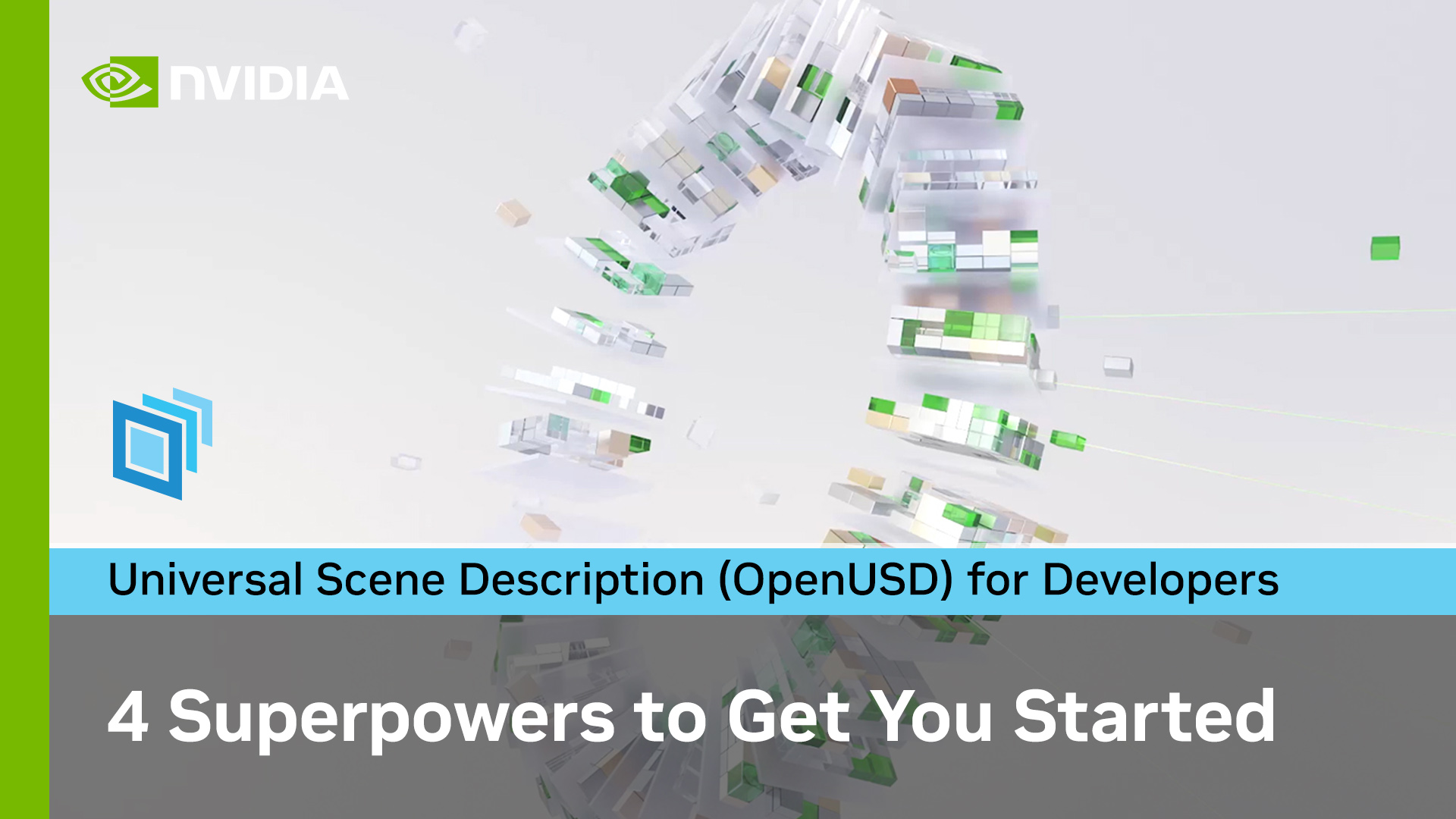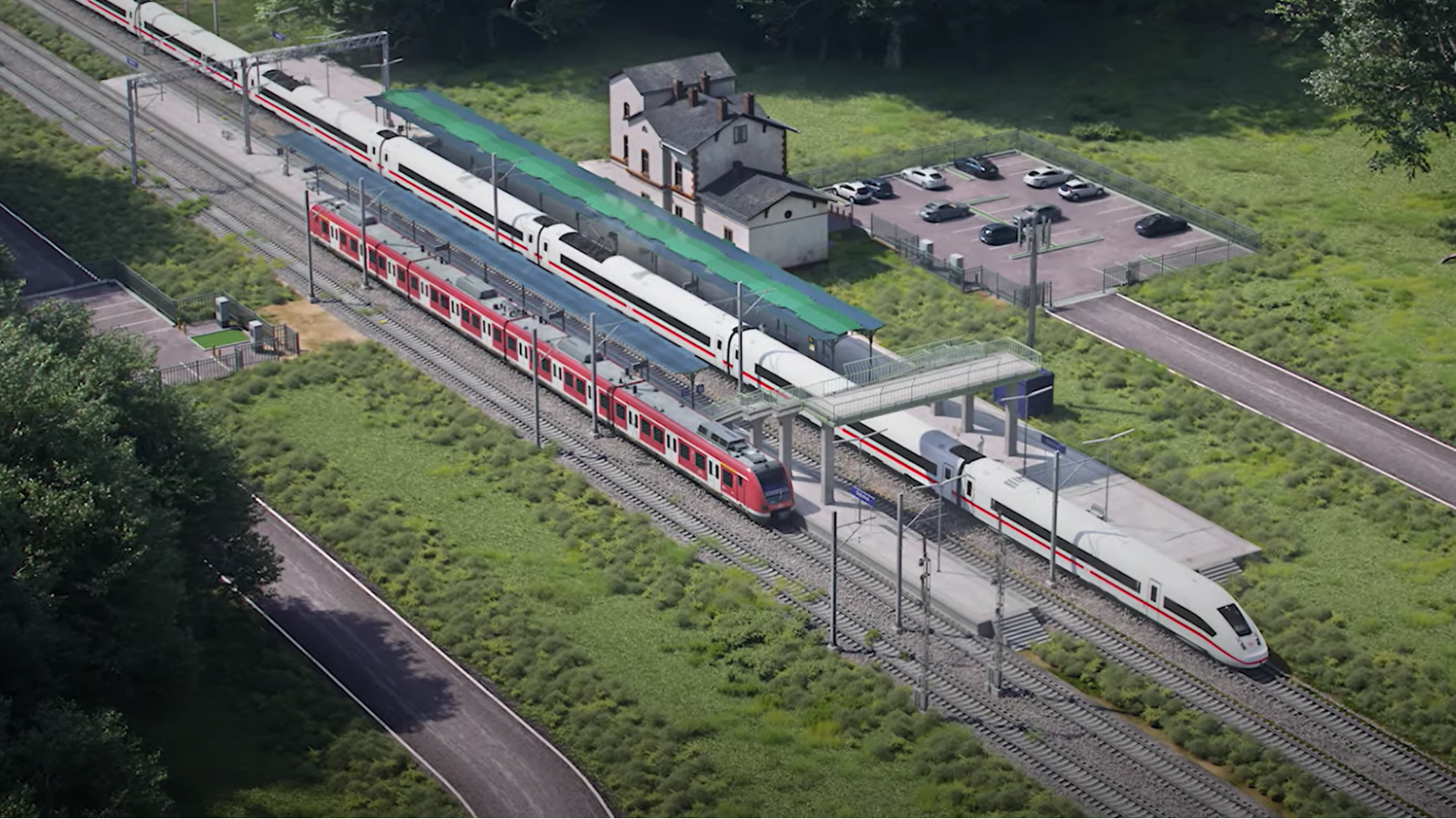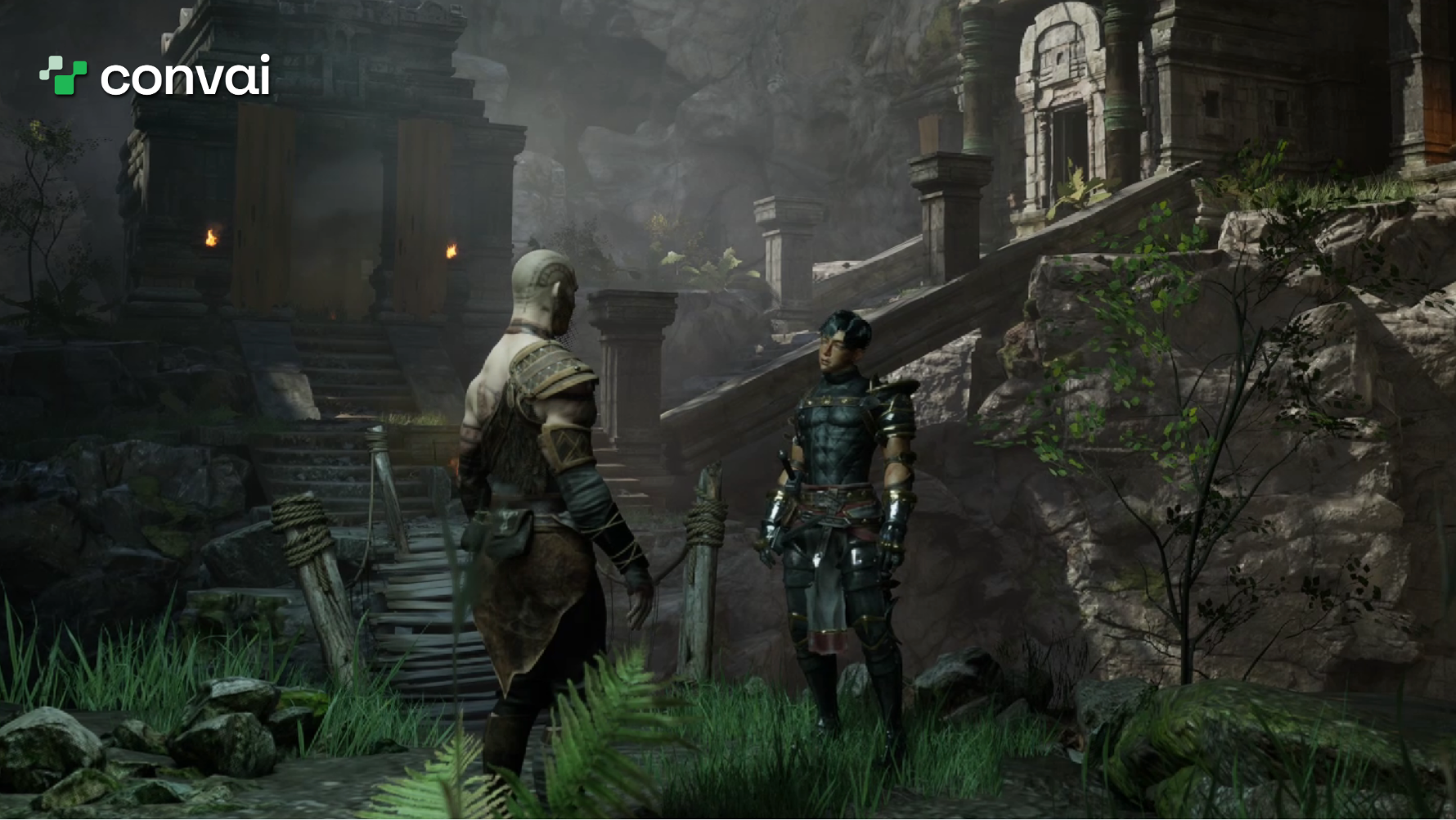Interested in designing, testing, or training your robot in a virtual environment? This can all be done with Issac Sim on the NVIDIA Omniverse simulation platform. The ability to work with robots in a virtual world is one of the key enabling technologies that will drive a robotics revolution.
Here are are some of the key aspects needed to train robots in simulation, as well as some of the cool new features in the upcoming open beta of Isaac Sim.
Sim2Real
Using a simulator to train a robot requires a minimization of the Sim2Real gap — that is the difference between the real domain and virtual domain. If sufficiently small, the simulator saves development time and avoids potentially dangerous situations by first allowing the robot to be trained in the virtual world before being deployed in the real world. Leveraging the newest features of NVIDIA Isaac Sim makes closing the Sim2Real gap a reality.
Importing Diverse Sets Robots into Isaac Sim
Before starting to train a robot in a simulated environment, the first task is to get the robot imported and functioning properly. Isaac Sim imports robots seamlessly and supports multiple input formats including URDF, STEP, and OnShape to bring the robot into the simulator. Isaac Sim also provides accurate physics modeling to ensure the imported robot will perform as it is supposed to once properly rigged.
Domain Randomization
The domain randomization techniques of Isaac Sim allows you to train the robot in a very broad set of conditions. This data generalization ensures we can cover the desired conditions of the real domain when deploying the robot. In other words, if the randomized virtual domain is broad enough to cover the real domain, then it will be successful in training the robot.
Digital Twin
Another interesting feature of Isaac Sim gives you the ability to control a robot in the real world from the simulation environment. In this case, you have twin robots, one real and one virtual, each mirroring the other’s actions. With this mirroring feature, developers can test robots in simulation, deploy to the real robot, observe and reduce the Sim2Real gap.
Upcoming Features
The next release of Isaac Sim is scheduled for May 2021. This will be an open beta and the first release available directly in the Omniverse launcher. The highlight features of this release will be multi-camera support and the ability to support simulation of ROS2-based robots. Additionally, the release will add force sensor support, enhanced domain randomization, and many other new capabilities.
Be sure to register for GTC and attend the session, “Sim-to-Real in Isaac Sim [S31824]” to learn more about the new upcoming open beta release and about closing the Sim2Real gap.
